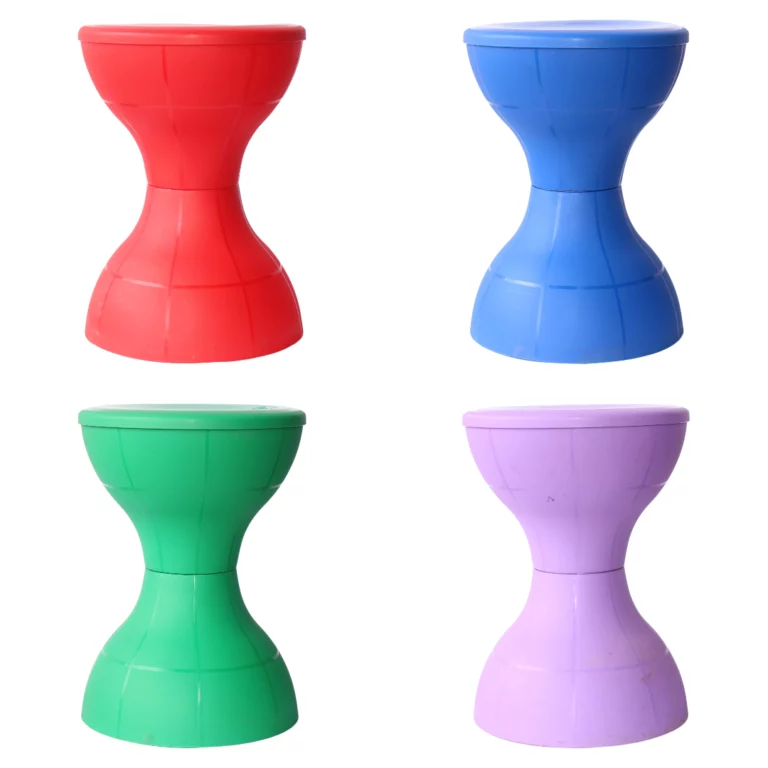The 5 Best Uses of Tarpaulin: Learn when to use it
Tarpaulin, commonly referred to as tarp, is a versatile and durable material that finds numerous applications in various industries and settings. From outdoor protection to emergency situations, tarpaulin has become an essential tool for many purposes. In this article, we will explore the top 5 best uses of tarpaulin and learn when to use it.
What is Tarpaulin?
Tarpaulin, commonly referred to as a tarp, is a resilient and adaptable fabric that has gained widespread usage as a temporary shelter option in diverse regions across the globe, including Nepal.
Due to its cost-effective nature, straightforward installation process, and ability to withstand harsh weather conditions, tarpaulin presents a pragmatic solution for addressing temporary housing requirements in Nepal, particularly in areas that are susceptible to natural calamities such as earthquakes and floods.
Related: What is Tripal/Tarpaulin? Beginner’s Guide to Tripal
The 5 Best Uses of Tarpaulin
Tarpaulin as Roofing Material
One of the most common uses of tarpaulin in temporary shelters in Nepal is as a roofing material. Tarpaulin sheets are used to create a waterproof and protective cover over the top of a shelter, providing shelter from rain, snow, and harsh sunlight.
Durable tarpaulins, designed with sturdy edges and convenient grommets for secure fastening, are commonly employed in roofing tasks, as they offer enhanced resilience and can endure adverse weather elements.
Tarpaulin as Wall Covering
Tarpaulins can also be used as a wall covering in temporary shelters in Nepal. It can be used to create partitions, walls, and screens to separate different areas within a shelter or provide privacy. Light-duty tarpaulin is commonly used for wall covering, as it is lightweight and easy to handle.
Tarpaulin as Groundsheet
Tarpaulins can be used as a groundsheet in temporary shelters to protect the inhabitants from dampness and cold coming from the ground.
The inclusion of a supplementary layer of insulation in the form of a robust and waterproof tarpaulin prevents the infiltration of moisture into the shelter, effectively maintaining a dry and warm interior environment.
Often utilized as a groundsheet, heavy-duty tarpaulins provide optimal shielding against dampness and cold.
Tarpaulin as Window and Door Covers
Tarpaulins can also be used as window and door covers in temporary shelters in Nepal. It can be used to create makeshift doors and windows by attaching tarpaulin sheets to the shelter’s framework.
Tarpaulins can protect from wind, dust, and rain while still allowing light to enter the shelter. Properly securing the tarpaulin covers is essential to ensure they are tightly sealed and provide effective protection.
Tarpaulin as Tent
Another common use of tarpaulin in temporary shelters in Nepal is as a tent. Tarpaulin sheets can be erected as a standalone tent or used to cover a framework made of poles or bamboo.
Tarpaulin tents can provide a quick and easy shelter solution in emergencies or for temporary camping needs. They are lightweight, portable, and easy to assemble, making them ideal for temporary shelter needs in Nepal.
Benefits of Using Tarpaulin for Temporary Shelters
There are several benefits to using tarpaulin for temporary shelters in Nepal:
Cost-effective Solution
Tarpaulin is a cost-effective solution compared to other traditional building materials. It is affordable and readily available, making it an ideal choice for temporary shelters in Nepal, where resources may be limited.
Quick and Easy Installation
Tarpaulin is easy to handle and install, making it a convenient option for temporary shelters.
It can be quickly erected, providing immediate protection from the elements, which is crucial in emergencies or temporary shelter needs.
Durable and Weather-resistant
Crafted from enduring components like polyethylene or canvas, tarpaulin possesses the fortitude to endure inclement weather conditions.
A robust tarpaulin, impervious to tears, UV rays, and water, emerges as a dependable choice for temporary shelters in Nepal, where weather fluctuations can be unpredictable.
Customizable and Flexible
Tarpaulin sheets can be easily cut and shaped to fit different shelter designs and sizes. They can be customized to meet specific shelter needs and can be used for various applications such as roofing, wall covering, or groundsheet. Tarpaulin’s flexibility allows for creative and adaptable shelter solutions in different situations.
Environmentally Friendly
Tarpaulin is considered environmentally friendly as it can be reused, recycled, and repurposed. In temporary shelter situations, where sustainability and resource conservation are important, tarpaulin provides an eco-friendly option compared to other materials that may generate more waste.
Challenges and Considerations in Using Tarpaulin for Temporary Shelters
While tarpaulin is a practical solution for temporary shelters in Nepal, there are some challenges and considerations to keep in mind:
Proper Anchoring and Securing
Tarpaulin needs to be properly anchored and secured to ensure it can withstand strong winds and adverse weather conditions.
If not anchored properly, a tarpaulin can get damaged or blown away, compromising the shelter’s integrity and safety.
Adequate Ventilation and Insulation
Proper ventilation and insulation are essential in temporary shelters to ensure comfort and safety for the inhabitants.
Tarpaulin, being a waterproof material, may not provide adequate ventilation, and condensation can occur inside the shelter. Insulation may also be needed to maintain warmth during colder weather.
Regular Maintenance and Repair
Tarpaulin requires regular maintenance and repair to ensure its longevity and effectiveness. It may need to be cleaned, inspected, and repaired if any damages occur.
Neglecting maintenance can result in premature wear and tear, reducing the shelter’s lifespan.
Safety Precautions
Proper safety precautions should be taken when handling and installing tarpaulin. Sharp edges, grommets, and fasteners can pose a risk of injury.
Care should also be taken to ensure the shelter’s structure is stable and secure to avoid any accidents or collapses.
Conclusion
In conclusion, a tarpaulin is a highly versatile and durable material that has a wide range of applications.
From outdoor protection to emergency situations, event management to home improvement, and art and design, tarpaulin has become an essential tool in various industries and settings.
Its waterproof properties, durability, and cost-effectiveness make it a popular choice for many different purposes.
Looking for a cost-effective tarpaulin to fulfill your needs? Check our guide on Top 3 Cost-Effective Tripal in Nepal: A Comprehensive Guide
FAQs (Frequently Asked Questions)
-
Can tarpaulin be used for long-term shelters in Nepal?
Tarpaulin is primarily designed for temporary use and may not be suitable for long-term shelters. However, with proper maintenance and repairs, it can last for an extended period.
-
Can tarpaulin be recycled or repurposed after use?
Yes, a tarpaulin can be recycled or repurposed, making it an environmentally friendly option for temporary shelters.
-
How do I properly anchor tarpaulin for a temporary shelter?
Tarpaulins should be tightly secured to a sturdy framework using ropes, cords, or fasteners. Additional reinforcement may be needed in areas prone to strong winds or heavy rainfall.
-
Can tarpaulin provide adequate insulation in cold weather?
Tarpaulin is not inherently insulating and may require additional insulation materials or techniques to maintain warmth in colder weather.
-
Is tarpaulin waterproof and weather resistant?
Yes, the tarpaulin is typically waterproof and resistant to weather conditions such as UV rays, tears, and water. However, proper installation and maintenance are essential to ensure its effectiveness.
In conclusion, a tarpaulin can be a versatile and effective option for temporary shelters in Nepal, providing a quick and cost-effective solution in emergencies or temporary shelter needs.
Proper installation, maintenance, and safety precautions should be followed to ensure its effectiveness and durability. With its durability, affordability, and flexibility, a tarpaulin can contribute to providing temporary shelter options in Nepal for those in need.




One Comment